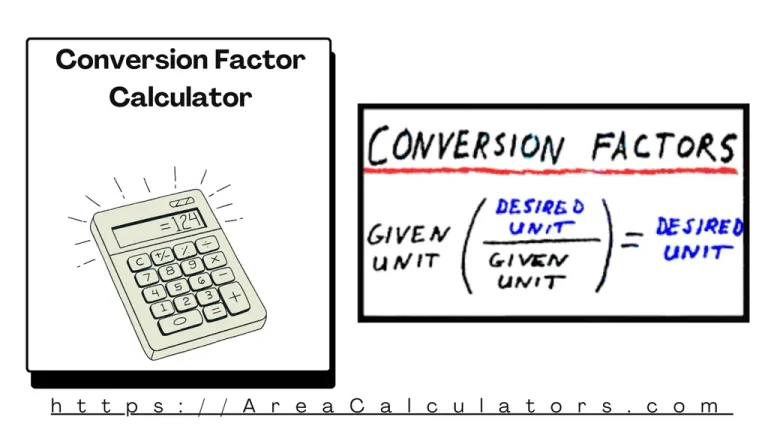TWA (Noise Exposure) Calculator
To determine Time-Weighted Average (TWA) noise exposure, start by calculating the noise dose (D) using measured sound levels and exposure times. Then, use the TWA formula to estimate the average noise level over an 8-hour workday.



